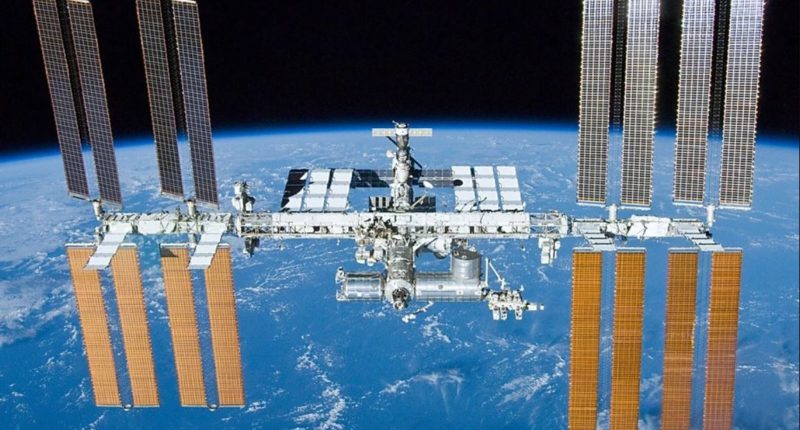The International Space Station (ISS), which has been in space for over two decades, is preparing for its well-deserved retirement. To ensure a safe and controlled re-entry into Earth’s atmosphere, NASA has selected SpaceX for the same in a recently issued contract. Valued at $843 million, the contract tasks SpaceX with developing the US Deorbit Vehicle, a specialized spacecraft responsible for guiding the massive station out of orbit and towards a designated “spacecraft cemetery” in the Pacific Ocean by 2030.
The centerpiece of this mission is the development of the U.S. Deorbit Vehicle, a new type of spacecraft specifically designed to ensure the controlled reentry of the ISS. This vehicle is critical to prevent any part of the space station from posing risks to populated areas upon its descent, and will guide the ISS safely back through Earth’s atmosphere to its final resting place in the Pacific Ocean. This project marks the latest addition to SpaceX’s portfolio of high-profile space missions.
Under the terms of the contract, SpaceX will be responsible for the design, development, and delivery of the US Deorbit Vehicle. This leverages the company’s expertise in spacecraft design and engineering, particularly its experience with building and operating reusable launch vehicles. However, NASA will take ownership and assume operational control of the US Deorbit Vehicle throughout the deorbiting mission.
“Selecting a U.S. Deorbit Vehicle for the International Space Station will help NASA and its international partners ensure a safe and responsible transition in low Earth orbit at the end of station operations. This decision also supports NASA’s plans for future commercial destinations and allows for the continued use of space near Earth,” Ken Bowersox, associate administrator for Space Operations Mission Directorate at NASA, commented on the matter. “The orbital laboratory remains a blueprint for science, exploration, and partnerships in space for the benefit of all.”
The ISS, a collaborative project involving five major space agencies, has been a symbol of international cooperation since its launch in 1998. The participating agencies include NASA, the Canadian Space Agency (CSA), the European Space Agency (ESA), Japan Aerospace Exploration Agency (JAXA), and Russia’s State Space Corporation Roscosmos. Together, these agencies have managed and operated the ISS, with each contributing critical components and support to the station’s operations. However, some of the ISS’s core components are now nearing the end of their operational life. An uncontrolled break-up in the atmosphere could potentially create a significant amount of space debris, posing a threat to operational satellites and future space missions. This is where the US Deorbit Vehicle comes in.
The deorbiting of the ISS comes at a time when NASA is actively investing in the development of commercial space stations to replace the ISS, fostering partnerships with companies like Airbus and Jeff Bezos’ Blue Origin. Looking ahead beyond 2030, NASA anticipates a shift towards a more commercialized low-Earth orbit landscape. Private companies like SpaceX are expected to play a central role in developing and operating future space stations.
The Tech Portal is published by Blue Box Media Private Limited. Our investors have no influence over our reporting. Read our full Ownership and Funding Disclosure →






